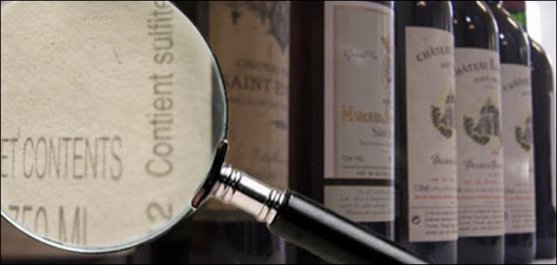
What is most often referred to under the barbaric name of “sulphite” designates the sulphur dioxide or SO2.
This is produced naturally by alcoholic fermentation (transformation of sugar into alcohol by the yeasts) to about 10 to 30 mg/l, a “normal” wine containing about 40 to 60 mg/l when bottled. Don’t forget that the WHO has put the danger limit value at 400mg/day …
SO2 is used for two major reasons:
- It’s used as a preservative or antiseptic as it prevents the natural evolution of raisin juice which after being processed into wine should finish its life as vinegar!,
- It’s also used for its antioxidant capacities. During the numerous contacts between the grape juice and air (during the pressing, filtering, bottling …), the SO2 prevents the deterioration of aromas and therefore making an “oxidized” wine.
Using SO2 is therefore basically obligatory if we want the wine to resist over time. “Sulphur-free” wines or more precisely “without added sulphur”, have no ageing ability compared to “traditional” wines.
All the same, following a study published on their allergenic potential or the fact that it could give “headaches”, the profession drastically decreased its use: in twenty years we’ve noticed its usage divided by two.
This was made possible by technical improvements (cold pressing limiting grape oxidation, vacuum bottling …) and by wine-makers being much more careful and attentive during each vinification step.
So don’t be too afraid of sulphites. You’ll just enjoy drinking your wine longer!
Published : 2014-02-27

